What Is ChatGPT? How OpenAI's Conversational AI is Changing Industries
In the fast-paced world of technology and artificial intelligence, there's a groundbreaking development that has captured the attention of the tech community and beyond. ChatGPT, a remarkable creation of OpenAI, has become a central figure in the realm of natural language processing and conversational AI. This article will delve into the intricate details of what ChatGPT is, how it works, and its significance in today's evolving technological landscape.
What is ChatGPT?
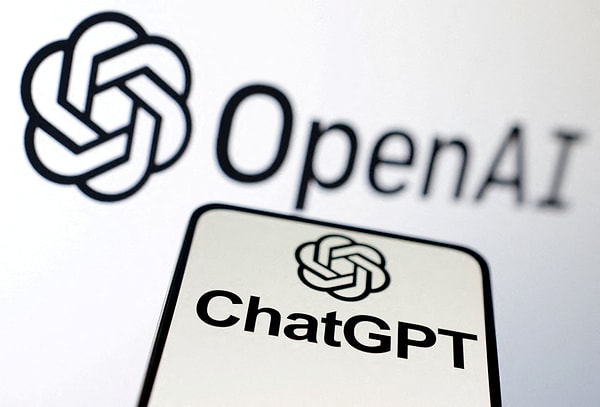
ChatGPT is a state-of-the-art natural language processing (NLP) model developed by OpenAI, a leading artificial intelligence research lab. It's an evolution of the earlier GPT (Generative Pre-trained Transformer) models that have been at the forefront of language generation in the AI field. ChatGPT, as the name suggests, is specifically designed for generating human-like text-based responses in a conversational context.
ChatGPT builds upon its predecessors by employing a deep neural network architecture, which allows it to understand and generate text in a contextually relevant manner. This advanced language model can engage in coherent and contextually appropriate conversations, making it a significant breakthrough in the field of AI.
The Evolution of ChatGPT: From GPT-1 to ChatGPT
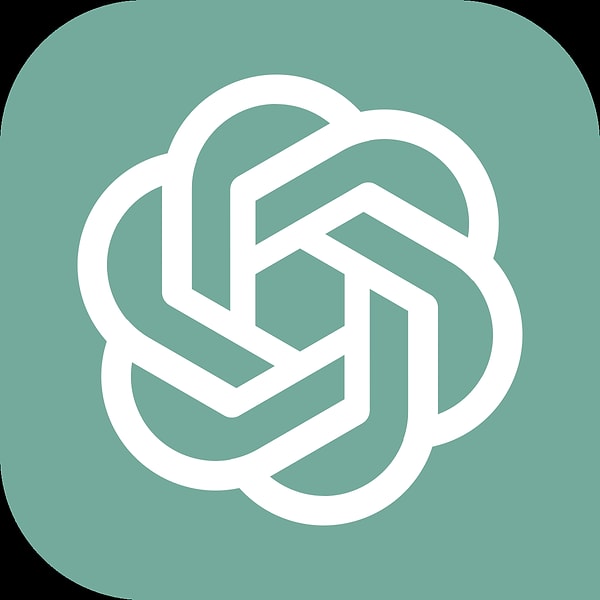
To truly understand ChatGPT, we must trace its lineage back to the earlier GPT models. The journey began with GPT-1, a model that paved the way for subsequent improvements in natural language understanding and generation. GPT-1 was capable of generating coherent text, but it had limitations in terms of context and maintaining relevant conversations.
OpenAI then released GPT-2, which was a significant leap forward. GPT-2 demonstrated the ability to generate coherent and contextually relevant text across a broad range of topics, leading to concerns about its potential misuse. OpenAI initially withheld the full release of GPT-2 due to these concerns but later made it available to the public.
The release of GPT-3 marked a giant leap in AI language models. With 175 billion parameters, GPT-3 had unparalleled capabilities in generating human-like text. Its ability to hold conversations, answer questions, write essays, and even generate code was nothing short of extraordinary. Chatbots powered by GPT-3 became increasingly popular, demonstrating the model's potential for real-world applications.
Building on the success of GPT-3, OpenAI introduced ChatGPT. This model was specifically designed to improve conversational abilities and make interactions with AI more engaging and context-aware. While GPT-3 could participate in conversations, it sometimes produced incoherent responses or failed to understand nuanced context. ChatGPT aimed to address these limitations.
How Does ChatGPT Work?
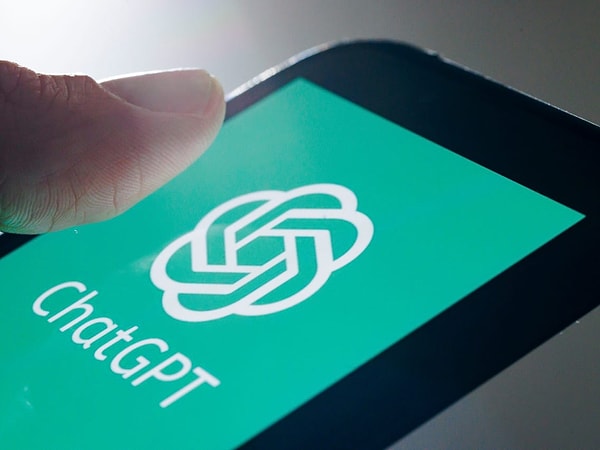
ChatGPT, like its predecessors, is a transformer-based deep learning model. It relies on a vast neural network architecture with multiple layers and attention mechanisms to process and generate human-like text. The model is pre-trained on a diverse and extensive dataset of text from the internet, allowing it to learn grammar, vocabulary, facts, and reasoning abilities.
Once pre-trained, ChatGPT can be fine-tuned for specific tasks or applications. In the case of conversations, fine-tuning involves exposing the model to datasets of dialogues and teaching it to generate contextually relevant responses.
During a conversation, ChatGPT receives a series of messages as input. These messages provide the context for generating a response. The model then processes this context and produces a response message. The key innovation in ChatGPT is its ability to consider and generate text in a coherent and contextually relevant manner.
The model also employs a mechanism called 'temperature' to control the randomness of its responses. Lower temperatures make the model's responses more focused and deterministic, while higher temperatures make the responses more creative and diverse.
Applications of ChatGPT:
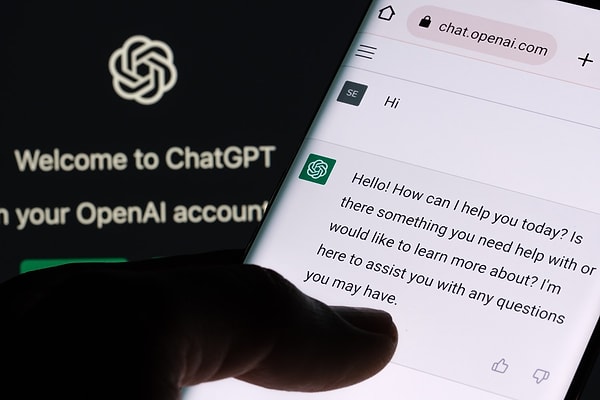
ChatGPT has found numerous applications across various industries due to its impressive conversational capabilities. Here are some of the notable applications:
Customer Support Chatbots: Many companies have integrated ChatGPT-powered chatbots into their websites to provide instant and effective customer support. These chatbots can understand and respond to customer queries, troubleshoot issues, and assist with product recommendations.
Content Generation: ChatGPT has been employed to generate written content, including articles, blog posts, and marketing copy. It can assist content creators by providing suggestions, ideas, and even generating entire drafts of content.
Language Translation: ChatGPT's multilingual abilities make it suitable for language translation tasks. It can translate text from one language to another while maintaining context and relevance.
Personal Assistants: ChatGPT can serve as a virtual personal assistant, helping users with tasks such as setting reminders, answering questions, and providing information on a wide range of topics.
Educational Tools: In the field of education, ChatGPT is used for creating interactive and engaging learning experiences. It can answer students' questions, provide explanations, and offer practice problems.
Healthcare Support: ChatGPT is being explored for healthcare applications, such as providing information about symptoms, offering general health advice, and assisting with appointment scheduling.
Content Moderation: ChatGPT can assist in content moderation by identifying and flagging inappropriate or harmful content in online communities and social media platforms.
Creative Writing: Authors and screenwriters have used ChatGPT for brainstorming ideas, generating dialogues, and overcoming writer's block.
Ethical Considerations and Challenges:

While ChatGPT's capabilities are impressive, they also raise ethical concerns and challenges:
Misinformation: ChatGPT can generate false or misleading information if not properly monitored and controlled. This poses risks, especially in domains where accuracy is critical, such as healthcare and news reporting.
Bias: Like other AI models, ChatGPT can inherit biases present in its training data. This can lead to biased or discriminatory responses, which is a significant concern.
Privacy: Conversations with ChatGPT often involve sharing personal information. Protecting user privacy and data security is a paramount concern.
Abuse and Misuse: The technology can be misused for generating harmful or abusive content, including spam and online harassment.
Regulation: The widespread use of AI models like ChatGPT has prompted discussions about regulations and guidelines to ensure responsible AI development and deployment.
The Future of ChatGPT:
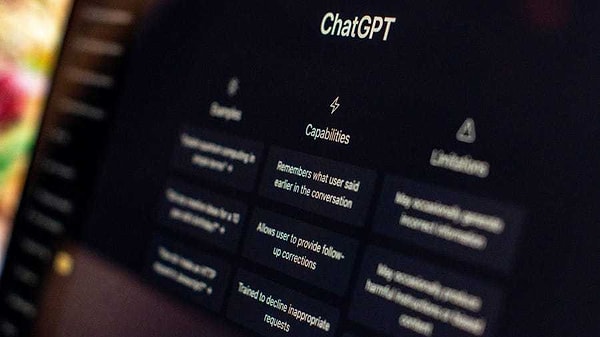
The development of ChatGPT and its predecessors represents a significant milestone in the evolution of artificial intelligence and natural language processing. OpenAI continues to refine and improve its models, and the future holds exciting possibilities for this technology.
In the short term, we can expect improved versions of ChatGPT with better control over biases and misinformation. OpenAI is actively working on addressing these issues and developing tools to allow users to customize the behavior of the model.
In the long term, the impact of conversational AI models like ChatGPT will be felt across various industries. From revolutionizing customer service to enhancing educational experiences, the applications are vast and continually expanding.
Additionally, the ethical considerations surrounding AI models like ChatGPT will remain a focus of discussion and action. Governments, organizations, and the AI community will work together to establish guidelines and regulations that promote responsible and ethical AI use.

Send Comment